This is the second of a multi-part series on gear reducers. In this second part we look at how to select the best type of gear reducer from the available options. (Click here for Part 1.)
The information here is supplied by Bodine Electric Company.
Gear reducers come in two basic classes or configurations with a few different types within each of these classes. The basic classes are right angle and parallel shaft. Within the right angle class of gear reducer there are different types including worm, bevel (straight and spiral) and hypoid. As for the parallel shaft configuration, options include spur (both internal and external), helical, planetary, and harmonic gears. It’s also possible for a single gear reducer package to be composed of multiple stages that combine more than one type of gear reducer.
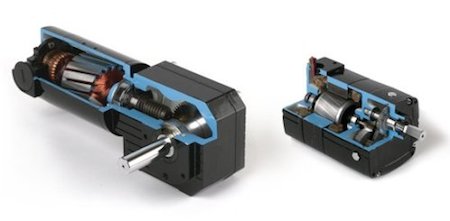
Typically, what determines the use of a right angle or parallel shaft gear reducer are the space restrictions of the application. Beyond space restrictions, there are other reasons that determine which configuration is most suitable. For instance, worm gears with ratios of 20:1 or higher are typically self-locking. This might be desirable in applications that require the load to stay in place after the motor is turned off. However, worm gears are also much less efficient than other types of gears and require a larger motor to get the same amount of continuous output torque.
The following equation shows the effect of gear efficiency on motor horsepower:
HPMOTOR = (TLOAD * NMOTOR) / (1,008,400 * G * e)
where HP is horsepower, T is load torque, N is angular velocity of the load, G is the ratio of input to output speed, and e is the mechanism efficiency, which differs for different types of drive mechanisms.
For instance, a worm gear reducer with a 50 % efficiency rating requires a motor with a horsepower rating 1.6 times that of an 80 % efficient spur gear reducer with the same gear ratio.
On the other hand, bevel, helical, and spur gears are much more efficient but tend to produce more noise than worm gears. This may or may not be acceptable based on the specific application requirements. Another point to consider is that high-precision positioning applications may not tolerate the inherent backlash of bevel, helical, spur and worm gears. Those applications frequently require low-backlash planetary or harmonic gear reducers.

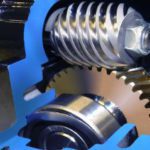
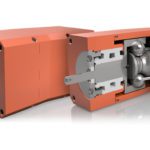
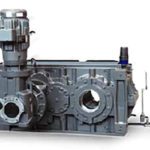
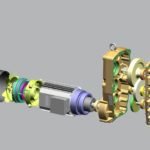


Leave a Reply
You must be logged in to post a comment.